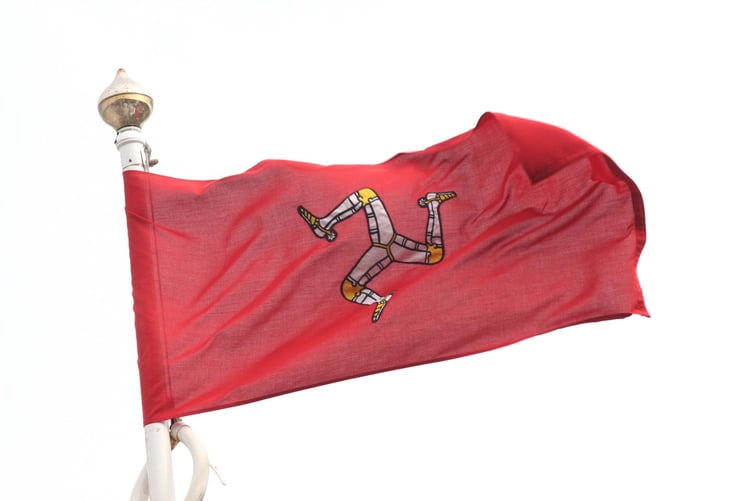Please remember that it is often better for you to take injured wildlife directly to your nearest veterinary practice rather than call us.
The veterinary staff will take the animal from you for emergency treatment and you will not be charged.
For advice about how to catch, contain and transport a wild animal, with consideration for both your safety and that of the animal, please see the ‘welfare’ section of our website – www.manxspca.com.
As is usual at this time of year, we receive several calls a day about young birds that are not injured, and so don’t need to go to a vet, but who seem to be helpless and vulnerable having fallen out of their nests.
Herring gulls, in particular, need to leave the nest and spend time on the ground in order to finish growing their flight feathers.
They often look and sound distressed – calling constantly for their parents to feed them. Unless they are in imminent danger of being run over on a busy road, please leave them alone.
Most people who call us are simply concerned about the birds’ welfare, and are more than happy to keep a watchful eye on them and ensure they have a bowl of water to drink from.
Some callers, though, view the gulls as ‘vermin’ not least because parent birds can be aggressive towards humans when they are protecting their young.
This doesn’t last for long, and our advice is to use an umbrella for protection, or wear hat or cap.
There is evidence to suggest that gulls are attracted to the colour red and that they may pick on people wearing red clothing.
Adult gulls have a large red spot on their, otherwise yellow, lower beak which is used for ‘social signalling’ to other gulls, and it’s how young birds feed – they peck at the red spot to stimulate the parent bird to regurgitate food.
Herring gulls are very intelligent and they adapt to their environments as they seek out food and nesting places.
It’s human behaviour that attracts them to urban environments – overfull dustbins and fast food leftovers (often still in their packaging, and left behind to litter our streets and car parks) are a good substitute for the herring gull’s preferred diet of fish (as its name suggests).
This close proximity can bring them into contact, and conflict, with humans and we have had recent reports of gulls being deliberately run over on our roads.
This is both immoral and illegal – gulls are a protected species under the Wildlife Act 1990, and anyone harming them or their nests (deliberately or unintentionally) is committing a criminal offence.
You might think that herring gulls are everywhere, and that there are too many of them.
However, the species is declining significantly across the UK with its population having decreased by more than 50% in 25 years.
They are on the ‘Red List’ of threatened bird species, affording the herring gull the highest possible conservation status.
Depleted fish stocks, the decline of the fishing industry and marine pollution, not least the amount of plastic in our seas, are the main causes of the decline in numbers.
This list is now augmented by the ongoing occurrence of avian influenza, which has been prevalent in the UK since last autumn.
We still need to be on high alert in the Isle of Man, although there are no current cases under investigation.
Time will tell how much avian influenza has impacted on herring gull numbers, but already we’re receiving reports that there are far fewer nesting birds in Peel, which has been a veritable breeding ground in years gone by.
A very young gull that has fallen out of its nest (and can’t be placed back in it, or on a nearby flat roof) needs our help, and every year we rescue between 70 and 100.
We then rear them in our aviary, on a diet mainly comprising dog and cat food.
If you have any unwanted tins, even if they are slightly out of date, please drop them into our reception area at Ard Jerkyll.
During the summer months, once the gulls are big enough and can fly, we will release them at various sites around the island’s coastline – doing what we can to stem the decline in this underrated bird.

.png?width=209&height=140&crop=209:145,smart&quality=75)



Comments
This article has no comments yet. Be the first to leave a comment.